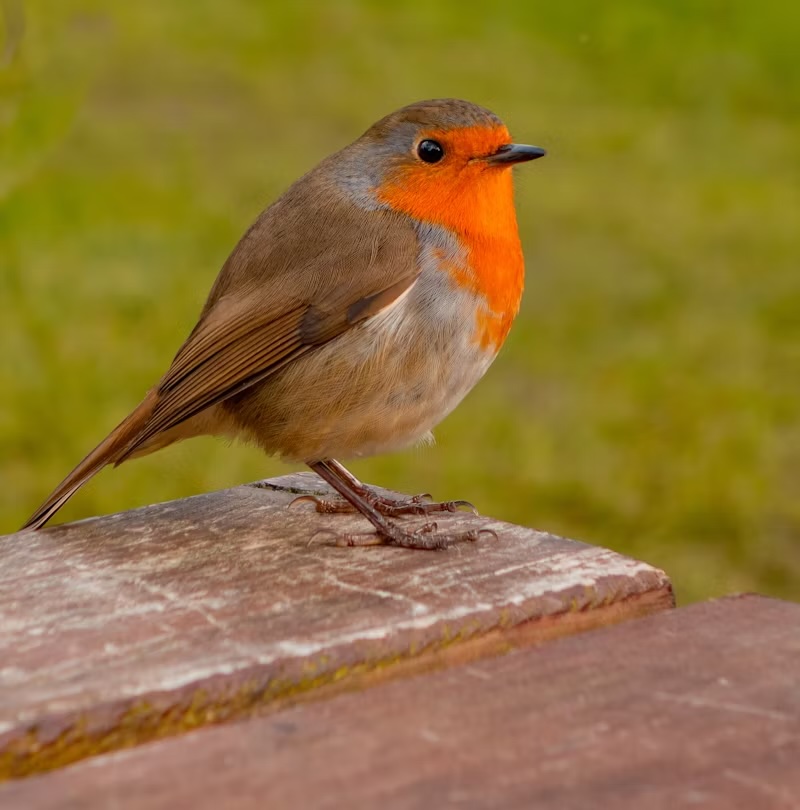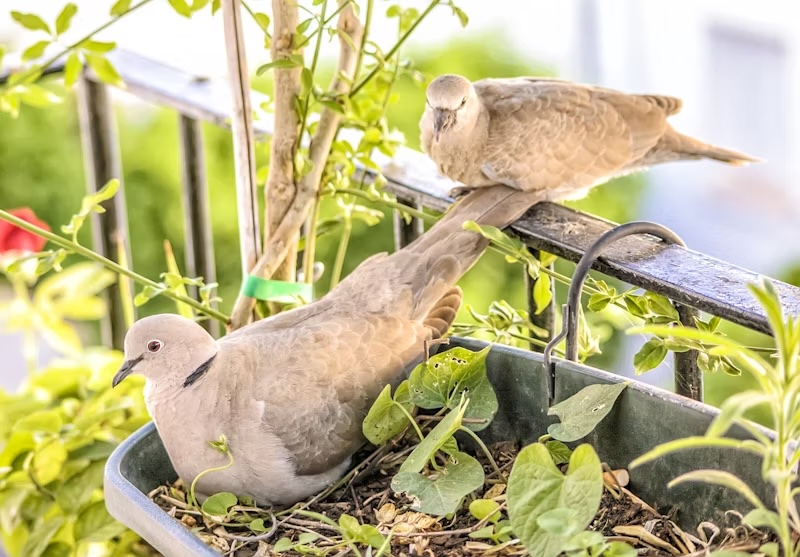As the days grow shorter and temperatures drop, many gardeners shift their focus to preparing their gardens for the colder months. However, fall and winter can also be a magical time to attract birds to your garden, providing essential food and shelter for our feathered friends while bringing life and color to your outdoor space.

Here’s a comprehensive guide on how to attract birds to your garden during the colder months:
Provide A Reliable Food Source
During fall and winter, natural food sources can become scarce, making your garden an essential stop for birds.
Offering a variety of food types will attract a wide range of species:
- Seeds: Black oil sunflower seeds are a favorite among many birds, including chickadees, finches, and cardinals. Mixed seed blends can attract a variety of species.
- Suet: Suet cakes are rich in fat and provide much-needed energy during cold weather. They are particularly appealing to woodpeckers, nuthatches, and wrens.
- Fruits: Offer dried fruits like raisins, currants, or pieces of apple and orange to attract fruit-eating birds like robins and bluebirds.
- Nuts: Shelled peanuts and cracked corn are excellent choices for larger birds like jays and woodpeckers.
Install Bird Feeders
Place a variety of bird feeders in your garden to accommodate different species:
- Tube Feeders: Perfect for small birds like finches and chickadees.
- Platform Feeders: Provide easy access for larger birds like cardinals and jays.
- Suet Feeders: Ideal for attracting woodpeckers and other suet-loving birds.
- Ground Feeders: Some birds, like doves and sparrows, prefer to feed on the ground. Scatter seeds on a ground-level feeder or directly on the soil.
Offer Fresh Water
Birds need water for drinking and bathing, even in the colder months. A heated birdbath can prevent water from freezing, ensuring that birds have access to fresh water. Place the birdbath in a sheltered location to protect it from strong winds and to keep it accessible to birds.
Create Shelter And Roosting Spots
Providing shelter is crucial for birds to stay warm and safe during winter:
- Evergreens: Plant evergreen trees and shrubs, which offer excellent protection from harsh weather and predators. Species like holly, juniper, and pine are ideal.
- Brush Piles: Leave a brush pile or a stack of logs in a corner of your garden to create natural roosting spots.
- Birdhouses: Clean and prepare birdhouses for winter use. Some birds may use them as roosting spots during cold nights.
Leave Some Plants Untrimmed
Consider leaving certain plants untrimmed until spring:
- Seed-Bearing Plants: Plants like coneflowers, sunflowers, and grasses produce seeds that birds will enjoy eating throughout the winter.
- Berry Bushes: Allow berry-producing plants like holly, winterberry, and crabapple to retain their fruit, which provides a vital food source for birds.
Avoid Using Pesticides
Pesticides can be harmful to birds and reduce the availability of insects, an important food source, especially during the winter when other food options are limited. Instead, let birds naturally control pests in your garden.

By following these steps, you can create a welcoming environment for birds in your garden during the fall and winter. Not only will you be helping birds survive the colder months, but you’ll also enjoy the beauty and vitality they bring to your outdoor space. Happy bird-watching!



